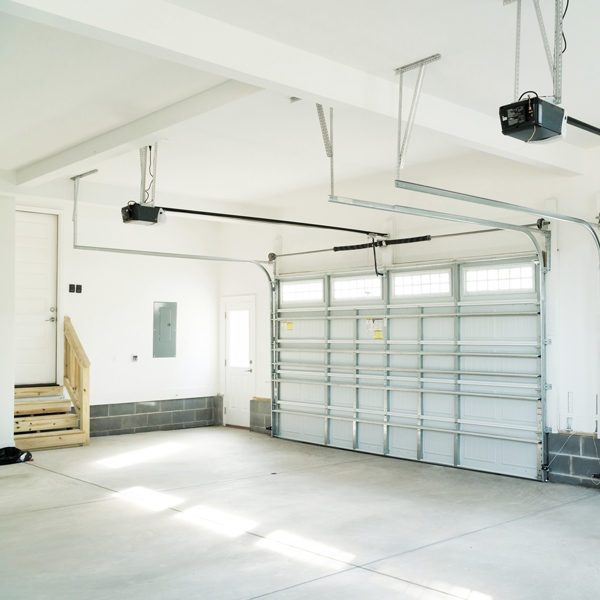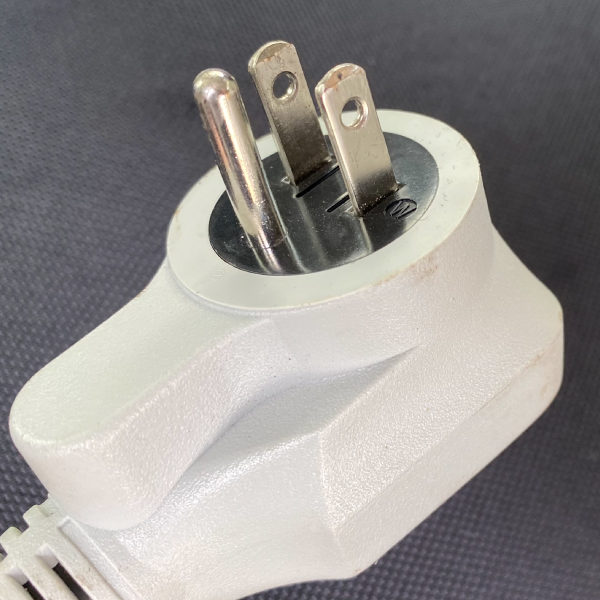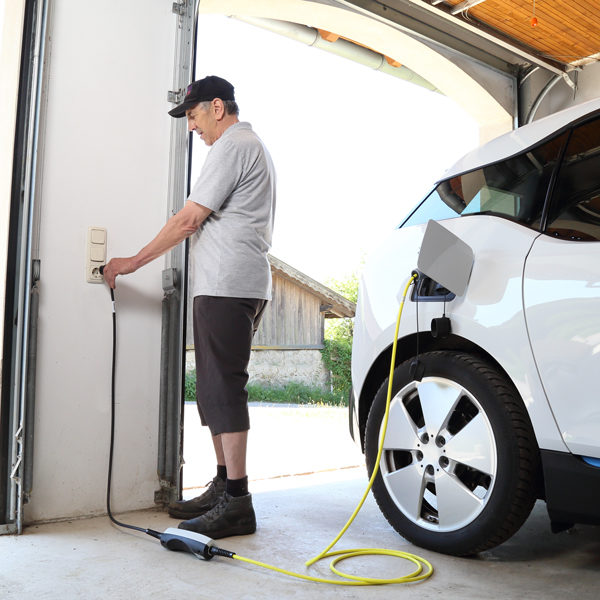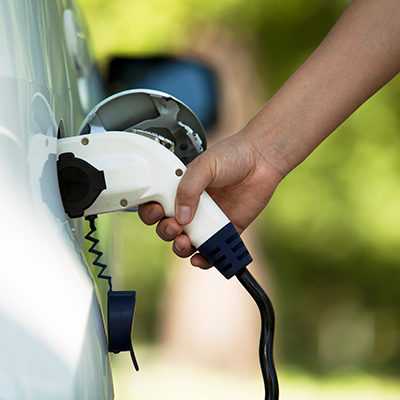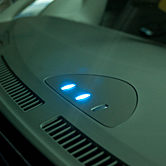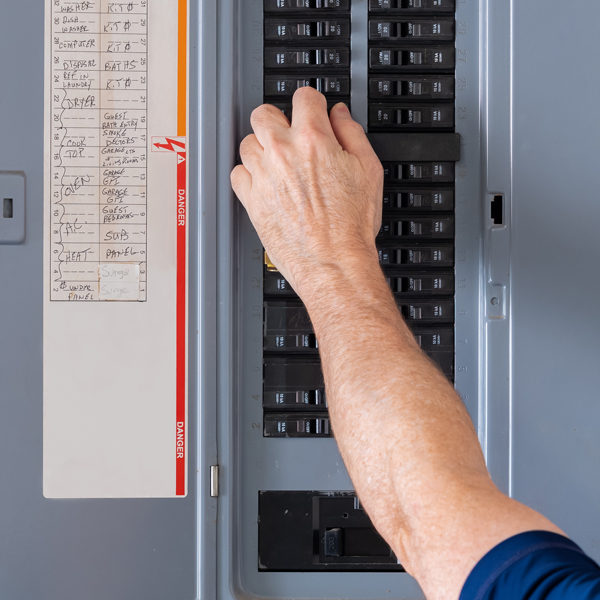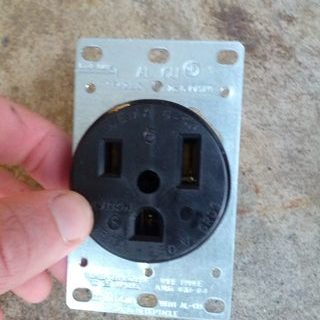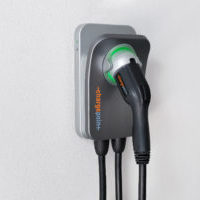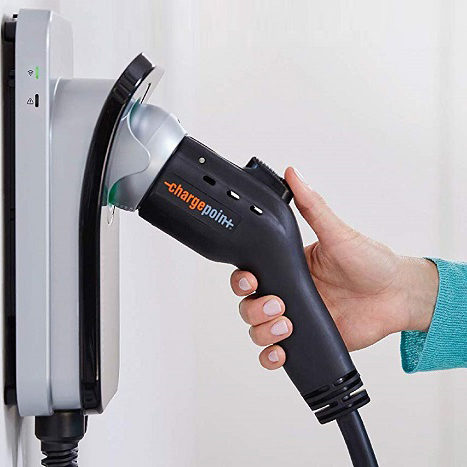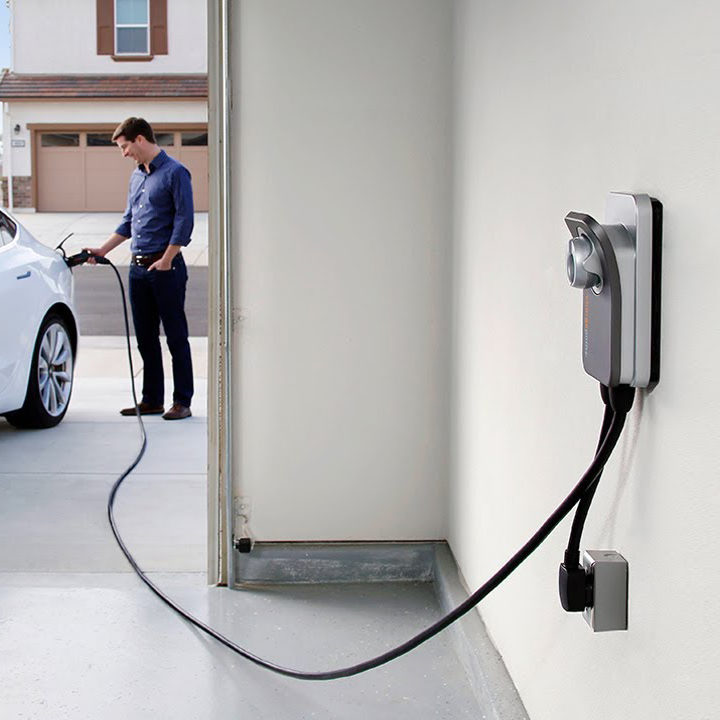
Charging an electric car at home is easy.
Ready to take your charging to the next level?
Get up to $500 towards the installation of level 2 home electric vehicle charging.

The Perks of Home Charging.
Got an outlet? Your home is electric car ready!
If you have a 120-volt outlet (aka a basic 3-prong in most homes), you're ready to charge the moment you arrive at home with your new electric vehicle – no special equipment needed. Every new EV comes standard with a level 1 charging cord. To charge your EV faster, level to a 240-volt outlet (and get a rebate for it).
Fuel up your electric car while you sleep.
Better utilize renewable energy sources.
Did you know that between 8 pm and 6 am, when electric vehicles typically charge, is the time when renewable energy sources are at their highest utilization in the grid? Moreover, Evergy has set a goal for Net-Zero Carbon Emissions by 2045 by making even more significant investments in renewable energy.
Pre-heat without leaving your garage.
Dramatically reduce your fuel budget.
How to Charge with a Standard Outlet at Home.
Step 1: Park in your garage or driveway.
As long as your cord can reach a 120-volt outlet, electric vehicles can charge inside or outside. Yes, even in the rain or snow. If you don't have a garage, you can use an outlet on the outside of your house.
Step 2: Take out the level 1 charging cord.
Known as Electric Vehicle Supply Equipment (EVSE), a Level 1 charging cord comes standard with every new electric vehicle. You'll probably find it in your trunk or frunk (front trunk). It has a standard 3-prong plug on one end, a charge current interrupting device (CCID) in the cord, and a larger vehicle connector on the other end.
Step 3: Plug into a 120-volt outlet.
You can plug the 3-prong end of a Level 1 cord into any standard grounded outlet. Typical voltage ratings can be from 110 – 120 volts AC and amp ratings for these are 15 or 20 amps. Charging with a 15 amp outlet will take longer than charging with a 20 amp outlet.
Step 4: Connect to your car’s charging port.
Plug the larger end into your vehicle’s inlet charging port. In most EVs, this is a J1772 connector, a standard design specified by the Society of Automotive Engineers. These connectors include safety features such as an interlocking device that prevents vehicle startup while connected.
Step 5: Beep, beep, blink.
Your indicator light blinks to verify the vehicle is charging. You’ll get up to five miles of range per hour of charging. Like your phone, you can charge overnight while you sleep. The next day, just unplug, put away the cord, and drive away.
Want to Charge Quicker? Install a 240-volt Outlet.
Get up to $500 towards the installation of level 2 home electric vehicle charging.
Level 2 Home Charging: What you’ll need.
Dedicated Circuit
If you are having a new outlet installed, it is recommended you have a dedicated 240-volt , 40 amp or greater, electrical circuit. Check to see if you have room in your breaker box. If you have extra slots, you can simply add a circuit. In some cases, older homes that have a 100 amp panel will need to upgrade to 200 amp service.
240-volt Outlet
Similar to one used for an appliance, you will need a 240-volt outlet: either a NEMA 14-50 or 6-50. The cost to install an outlet can be as low as $200. However, when you need to have circuits added and wiring run, the average is closer to $600. If you need a panel upgrade, add about $2,000.
Level 2 Equipment
Unless your EV comes with one, you will likely either need to buy a portable level 2 charging cord EVSE (Electric Vehicle Supply Equipment) or a fixed box that gets mounted on the wall. Wall boxes aren't very big and come in versions that can either just plug into a nearby 240-volt outlet or be hardwired to your house. Portable level 2 cords cost about $200–$300 and wall boxes average $500–$700.
Level 2 Home Charging: How to Charge.
Step 1: Park in your garage or driveway.
Most Level 2 equipment is available in a variety of cord lengths, so if you want, you can have one long enough to run from the garage out into the driveway. You may have a 240-volt outlet in your garage, or you could even have weather-safe equipment outside your home.
Step 2: Use a portable cord or wall box.
Either plug in your level 2 portable charging cord into a 240-volt outlet or if you have a wall box, remove the connecter from its holster.
Some Level 2 EVSEs come with features such as wifi connectivity, enabling you to do things like schedule charging and see actual electricity costs for each charging session.
Step 3: Connect to your car’s charging port.
Plug the connector into your vehicle’s same inlet charging port as you would for Level 1. In most EVs, this is a J1772 connector, a standard design specified by the Society of Automotive Engineers. These connectors include safety features such as an interlocking device that prevents vehicle startup while connected.
Step 4: Beep, beep, blink.
Your indicator light blinks to verify the vehicle is charging. You’ll get approximately 25 miles of range per hour of charging. If you are on Evergy's Time of Use plan, you can schedule charging to not start until after 8 pm, when rates are cheaper. When done charging, just unplug and drive away.
Time to Charge 40 Miles of Range.
Did you know that the average U.S. commute is 40 miles per day?
Here's what it would take to replenish that range at home.
Level 1 (120-volt outlet)
Charge Time
40 Miles of Range
Level 2 (240-volt outlet)
Charge Time
40 Miles of Range
Cost to Charge 40 Miles of Range.
(Using a level 2 / 240-Volt Outlet)
Charging can cost even less after hours.
Our Time of Use Plan is an optional rate plan that rewards you with rate discounts when you shift energy usage away from peak hours. Schedule your electric vehicle to charge between 8 pm and 6 am to save even more on fuel costs.


